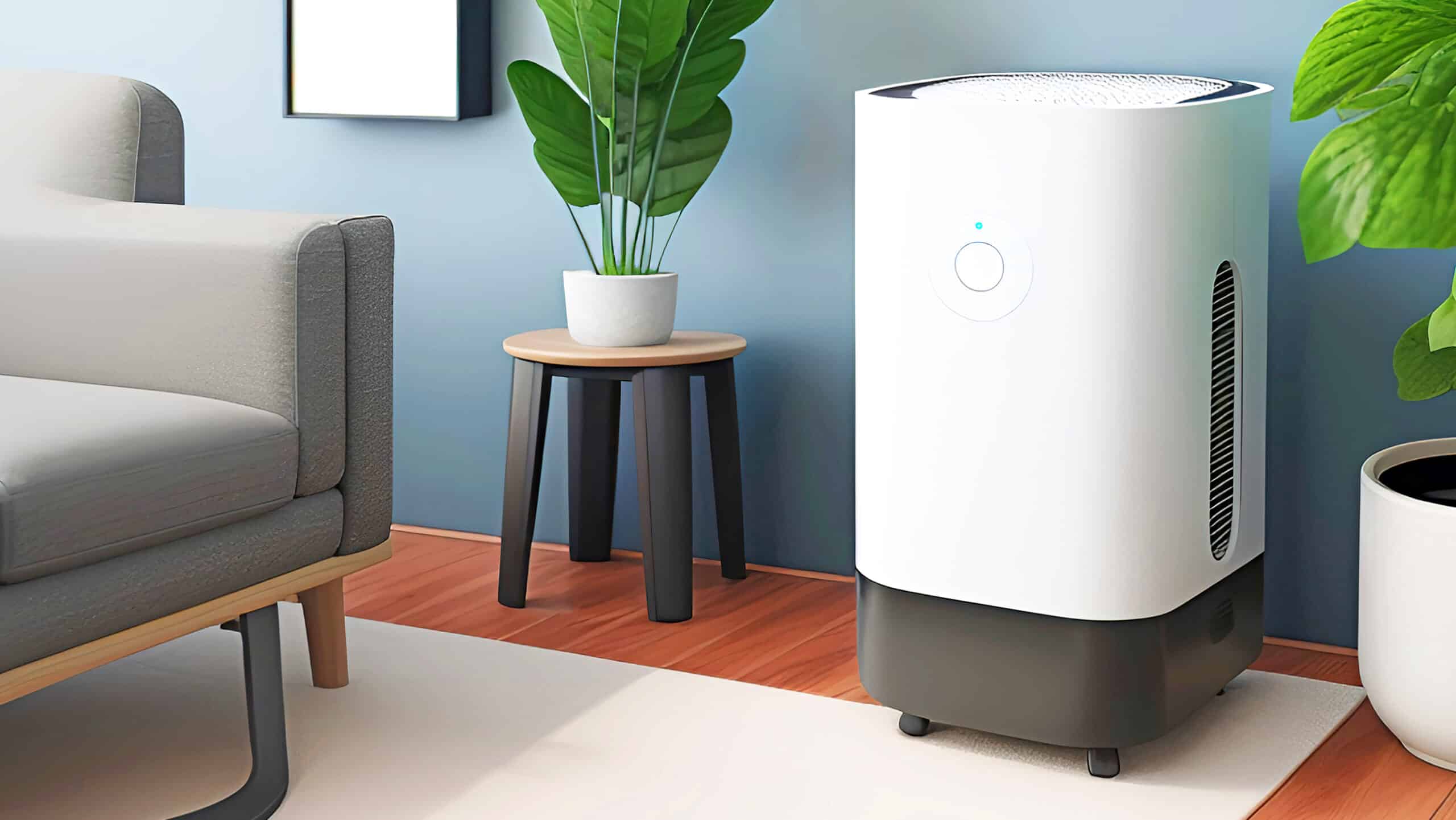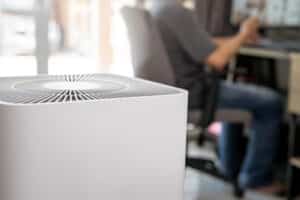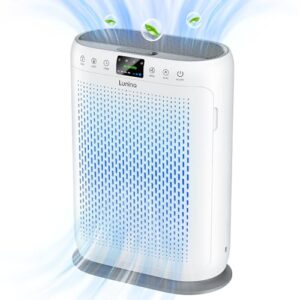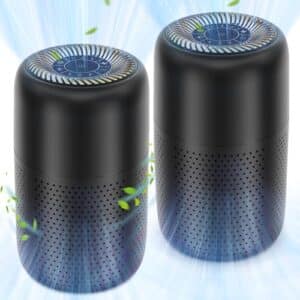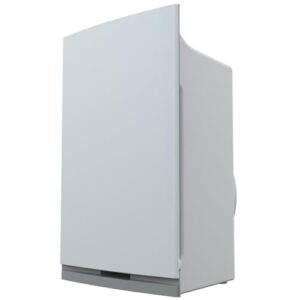Are there any government regulations or certifications for air purifiers?
Key Takeaways
- Certifications play a vital role in verifying the efficiency and environmental impact of air purifiers.
- The AHAM, Energy Star, CARB, and ISO certifications are the most common certifications for air purifiers.
- Consumers can identify certified air purifiers by looking for labels on product packaging, visiting certifying bodies’ websites, reading product specifications, or contacting manufacturers directly.
When it comes to air purifiers, many consumers are concerned about the efficiency and environmental impact of these devices. With the increasing demand for cleaner air, it is crucial to know whether there are any government regulations or certifications in place to ensure the quality and performance of air purifiers. In this article, we will explore the various certifications and regulations that govern the air purifier industry, providing you with the information you need to make an informed decision about your air purification needs.
Importance of Certifications
Certifications play a vital role in verifying the efficiency and environmental impact of air purifiers. They provide consumers with the assurance that the product they are purchasing has undergone rigorous testing and meets specific standards. Certifications also drive innovation in the industry, encouraging manufacturers to develop more effective and environmentally friendly products.
Common Certifications
There are several certifications that consumers can look for when choosing an air purifier:
AHAM Certification
The Association of Home Appliance Manufacturers (AHAM) certification is one of the most recognized and widely accepted certifications for air purifiers. It evaluates the performance of air purifiers by testing their ability to remove smoke, dust, and pollen from the air. AHAM-certified air purifiers are assigned a Clean Air Delivery Rate (CADR) rating, which indicates how efficiently they can clean the air in a given space.
Energy Star Certification
While Energy Star certification is more commonly associated with energy-efficient appliances, it also applies to air purifiers. An Energy Star-certified air purifier is not only energy-efficient but also meets specific performance requirements set by the Environmental Protection Agency (EPA). These requirements ensure that the air purifier effectively removes pollutants from the air without consuming excessive energy.
CARB Certification
The California Air Resources Board (CARB) certification is particularly relevant for consumers in California due to the state’s strict air quality standards. CARB certification ensures that an air purifier meets these standards and does not produce harmful levels of ozone, a pollutant that can be harmful to human health.
ISO Certifications
The International Organization for Standardization (ISO) offers various certifications that demonstrate a manufacturer’s commitment to quality and sustainability. ISO certifications are not specific to air purifiers but indicate that the manufacturer follows internationally recognized standards in their production processes.
How to Identify Certified Air Purifiers
Identifying certified air purifiers is relatively straightforward. Consumers can check for certifications by:
- Looking for labels on product packaging: Certified air purifiers often display certification logos or labels on their packaging, making it easy for consumers to identify them.
- Visiting certifying bodies’ websites: Certifying bodies such as AHAM, Energy Star, CARB, and ISO have websites where consumers can verify the certifications of specific air purifier models.
- Reading product specifications: Manufacturers often include information about certifications in the product specifications or user manuals.
- Contacting manufacturers directly: If in doubt, consumers can reach out to the manufacturers directly to inquire about the certifications their air purifiers have received.
Conclusion
Government regulations and certifications play a crucial role in ensuring the quality and performance of air purifiers. Certifications such as AHAM, Energy Star, CARB, and ISO provide consumers with the assurance that the air purifiers they choose have undergone rigorous testing and meet specific standards. By checking for certifications and understanding their significance, consumers can make more informed decisions and select air purifiers that effectively clean the air while minimizing environmental impact.
Related Websites:
FAQs:
Q: What are government regulations for air purifiers?
Government regulations for air purifiers are guidelines and rules set by regulatory bodies to ensure the quality and safety standards of these devices. They cover aspects such as manufacturing processes, marketing claims, and performance standards.
Q: Why are certifications important for air purifiers?
Certifications are crucial for air purifiers as they guarantee product reliability and performance. These certifications are awarded by reputable organizations after rigorous testing and evaluation, giving consumers confidence in the effectiveness of the air purifier.
Q: Which government regulatory bodies oversee air purifiers?
Government regulatory bodies responsible for overseeing air purifiers vary by country or region. They include organizations such as the Environmental Protection Agency (EPA) in the United States and the European Committee for Standardization (CEN). These regulatory bodies play a vital role in safeguarding consumer interests by ensuring air purifiers meet specific standards.
Q: What are some common certifications for air purifiers?
Common certifications for air purifiers include HEPA (High-Efficiency Particulate Air), AHAM (Association of Home Appliance Manufacturers), and Energy Star. These certifications validate the product’s ability to remove airborne particles, meet specific performance criteria, and operate efficiently.
Q: How can consumers identify certified air purifiers?
Consumers can identify certified air purifiers by looking for specific signs or labels on the product packaging or official documentation. Certifications are usually prominently displayed and can be verified by visiting the respective certification organization’s website.

